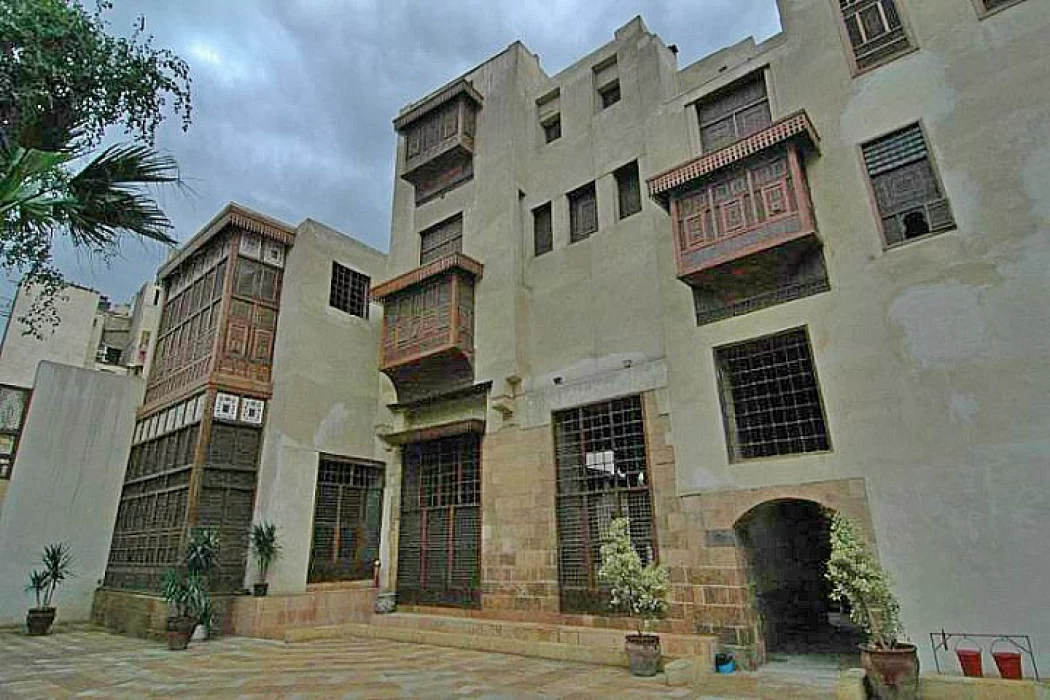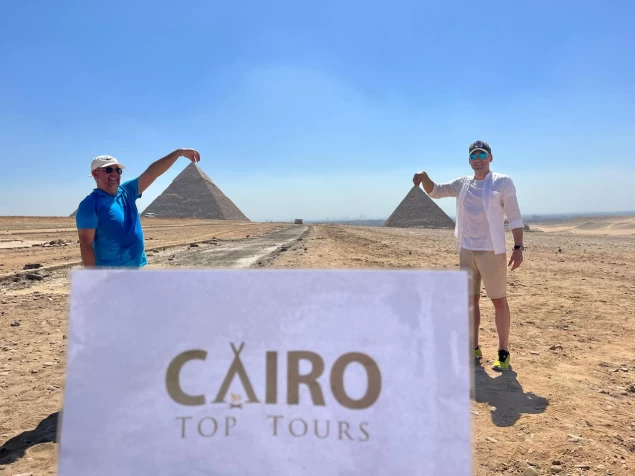
Al Sehemy House
Al Sehemy House
One of the most important ancient Islamic monumental houses, it still stands as a witness and living proof of the splendor of Egyptian architecture in the Ottoman era, so much so that historians described it as the jewel of Ottoman architecture and its crown, and despite the passage of nearly 370 years since its construction, it still retains the same description.
“Al-Suhaimi House. An archaeological house located in the heart of Old Cairo, specifically in the Darb Al-Asfar lane in the Jamaliya area, branching from Al-Moez Street, with an area of two thousand square meters, consisting of two houses, the first on the tribal side, established by the Sheikh of the Bandar Al-Tablawi merchants Abdel Wahab Al-Tablawi in 1648 AD, and recorded this on a wooden piece in one of the walls of the house, and the second on the marine side, established by Sheikh Ismail bin Ismail Shalaby in 1797 AD, who merged the two houses to become one house.
Al-Suhaimi House was known by that name after another of its residents, Sheikh Muhammad Amin Al-Suhaimi, who was born in Mecca and came to Egypt to settle in that house, where he held Ramadan nights, and made it a religious and secular arena for consultation, as well as a shelter for passers-by, and when he died in 1928, the Egyptian state reached out to his family to turn the house into one of Egypt's ancient Islamic monuments in 1931.
Al-Suhaimi's house was influenced by the Ottoman planning of old buildings, which were built with only two floors, the first is called “Salamlik”, which is the part dedicated to receiving male guests, while the second floor is called “Haramlik”, which is the part dedicated to the Sultan's harem, and is completely forbidden to outsiders, and only the owner of the house enters it. Therefore, it consists of two floors and two courtyards, the front is a garden with a “Takhtbush” in the center, which is a wooden “dukkah” decorated with khartar wood, and the back was dedicated to service, as it contains a basin of water, a watering can for irrigation, and a flour mill run by animals.
At the door of the house there are two olive and Sidr trees, and once you cross the door you find yourself on the ground floor of the tribal face of the house, a large regular-shaped hall, divided into two iwan, and the iwan is a roofed hall surrounded by three walls, and the fourth side is either completely open, or lined with columns, although sometimes it is preceded by an open gallery overlooking the inner courtyard, between the two iwan is a low space called the “Darqa”, which is the place that maintains privacy inside the house.
Al Sehemy House A stroll down Islamic Cairo’s El Moez Street throughout most of Cairo Day Tours will bring you thru a busy space of Egypt’s notable Khan Al Khalili. on the far side, the slim alley of jewelry retailers and eager shopkeepers, this notable street reveals itself as a captivating cobblestone street. Its one of the most beautiful houses due to its architecture and design in Cairo . The name of the house has been gained from the last resident of the house.

Khan El Khalili
This end of Moez Street is home to many attractions and has seen a small amount of revival over the past decade. abundant of this is often thanks to the renovations of Al Sehemy House, one of every of Cairo’s historical treasures.
It is a posh of 2 homes inbuilt in the seventeenth and eighteenth centuries. It is thought-about one of the best remainings

examples of businessperson homes. For years, Al Sehemy's home has been one of the fascinating places things to do in Cairo sat in its ramshackle state, unused and unappreciated. However, the Nineteen Nineties project to revive the historic website to its original state proved not solely helpful for the building; except for the whole neighborhood furthermore.
Since the large renovation of Al Sehemy House, the structure is currently receptive to the general public as a depository and for a spread of performances. throughout Ramadan, the home is associated particularly common website for concerts and performances organized by the Ministry of Culture. Beit El Suheimi is additionally nice year-round for Tannoura dances and storytelling or for a quiet afternoon tour.
The first area of the home is a grand reception with imposingly high ceilings and a protracted pendant. Despite the straightforward stone walls, the area is grand with complex picket Mashrabeya screens letting lowest lightweight however
incredible privacy. The fantastically designed screens square measure a feature throughout the house, adding an upscale tonal distinction to the stone structure.
The second floor could be a little bit of a maze, and dark, skinny halls typically cause darker rooms with low ceilings. a number of the
rooms square measure utterly empty aside from a layer of dirt caked to the walls, whereas others have carpets and a number of tables and accessories. One second-floor area lacks screened windows however encompasses a pretty balcony with a bright red of the court below. This area encompasses seats and is nice for catching your bearings while exploring the rather estranging house.
After exploring the maze of the house, the last stop ought to be behind Al Sihimi House, wherever a second court displays a series of pictures representational process pictures of the House before, during, and once the recent large renovations.
The house and more archeological sites built by Muslims can be explored during many of our exceptional Egypt travel packages that also cover most of the history and we recommend you to experience Egypt Christmas tours to see the highlights of Cairo and also get excited and learn about t ancient Egyptian architecture through our Egypt Nile cruise tours and especially in April to enjoy the mild temperatures when you book Egypt Easter tours.
Cairo Attractions
You can choose to go to different places to see something really cool called Tourism Industry In Egypt | Egypt Tourism. It's a special place where you can learn about how amazing Egypt is.














